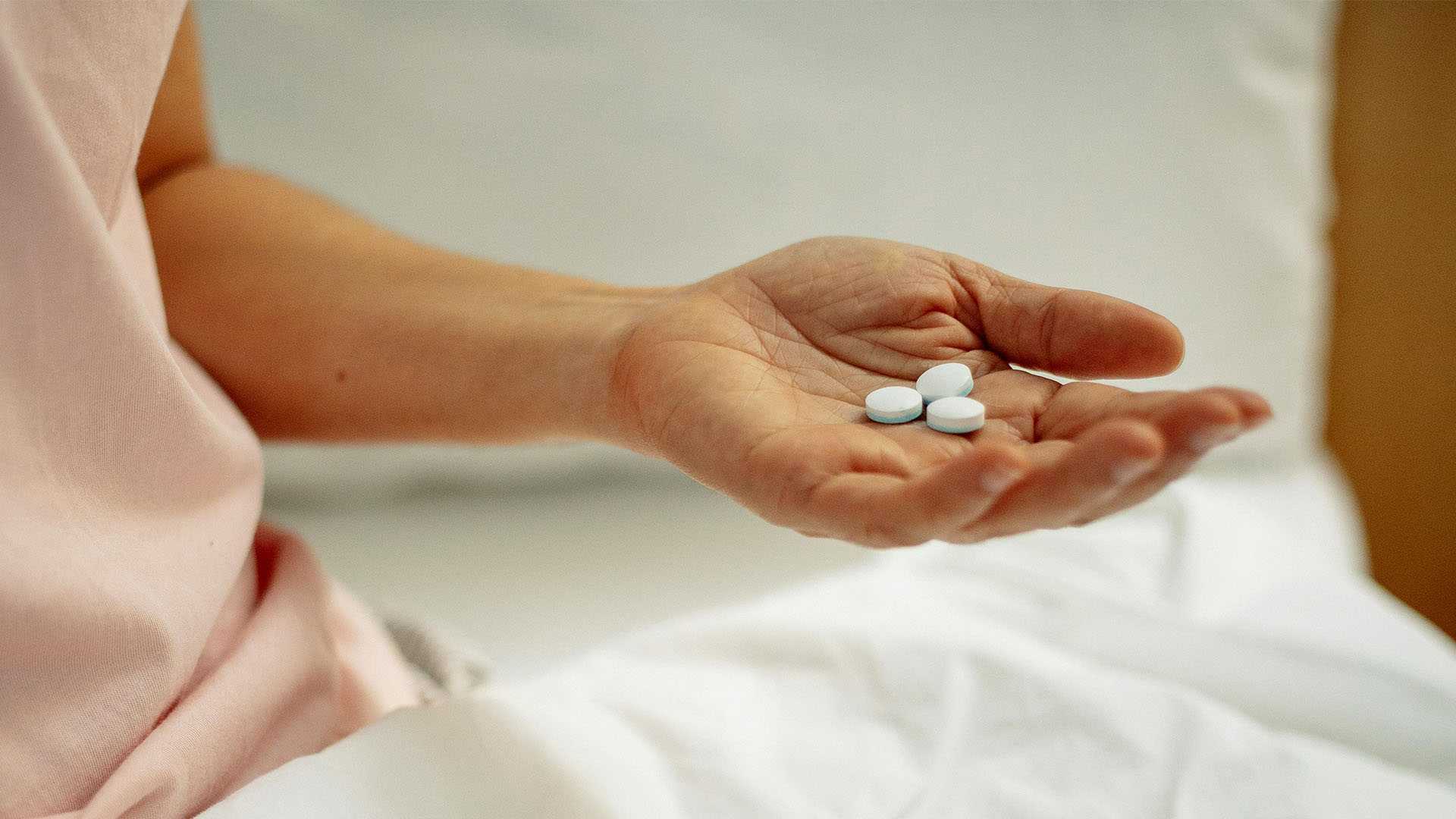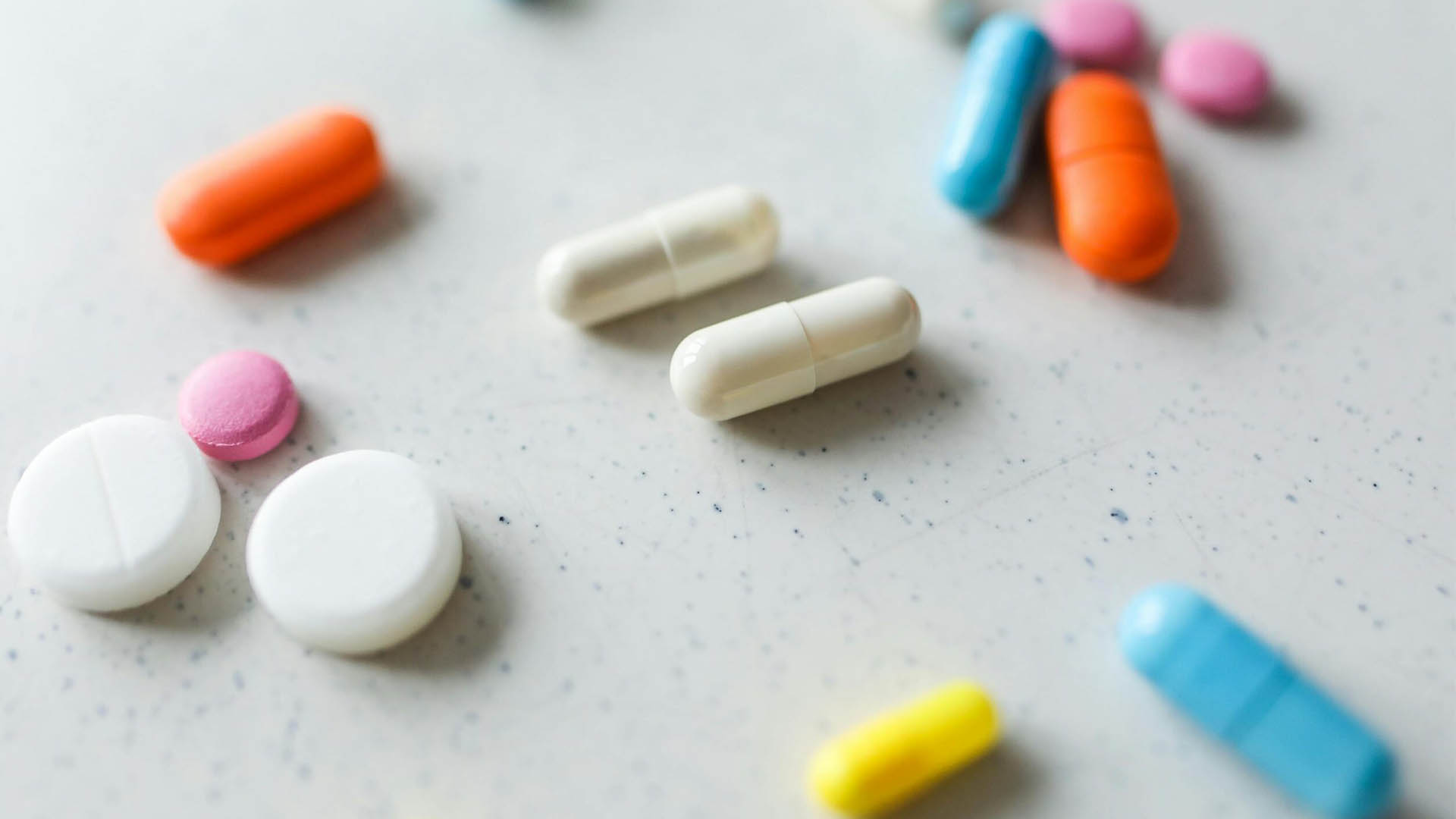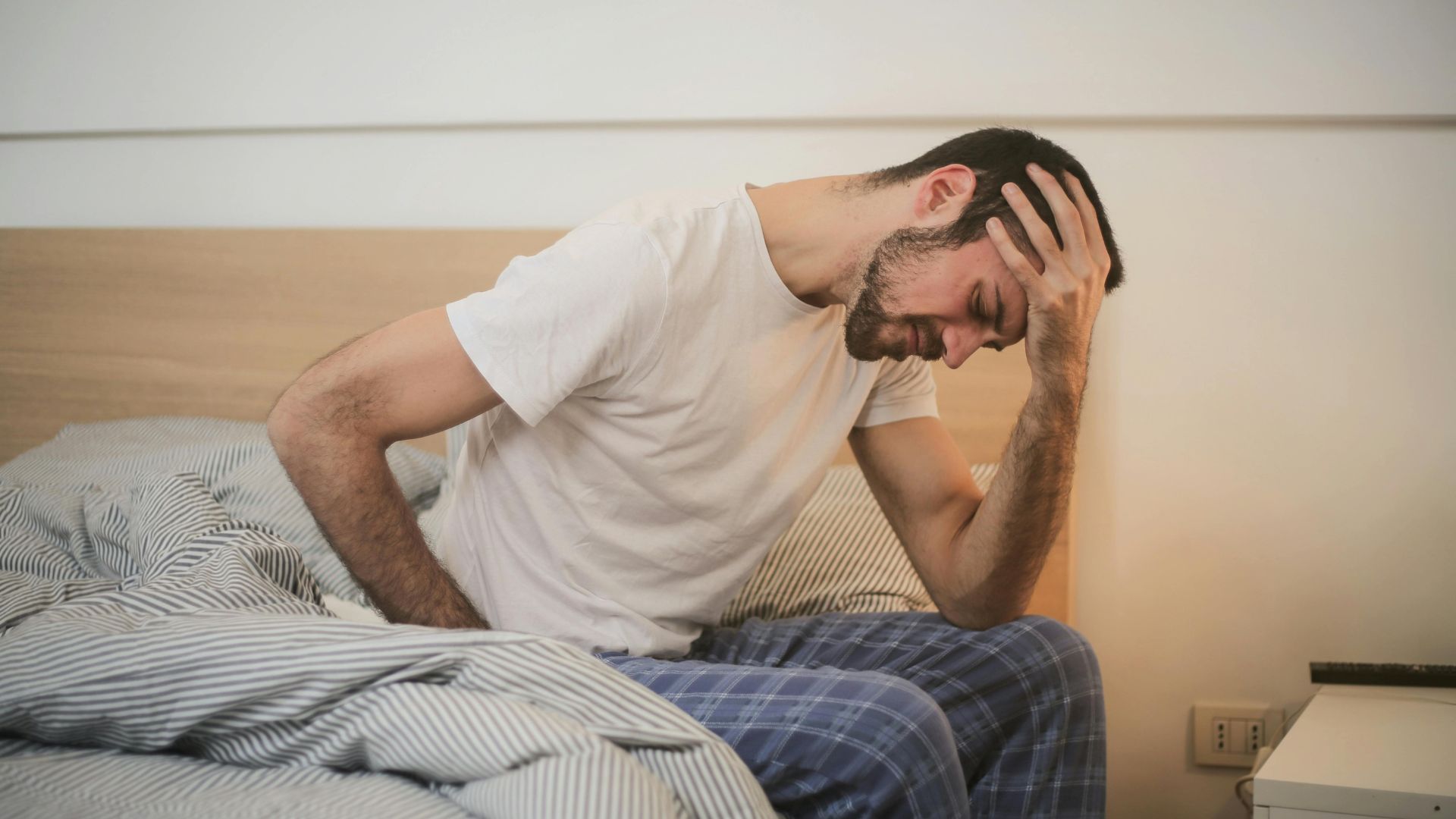LSD (Lysergic acid diethylamide) is a powerful hallucinogenic drug. It’s known for causing intense and unpredictable psychological effects. Understanding how long LSD stays in your system is crucial for substance abusers, healthcare providers, and anyone considering its use. This article will cover the half-life of LSD, how long it remains detectable, and what to expect during withdrawal.








